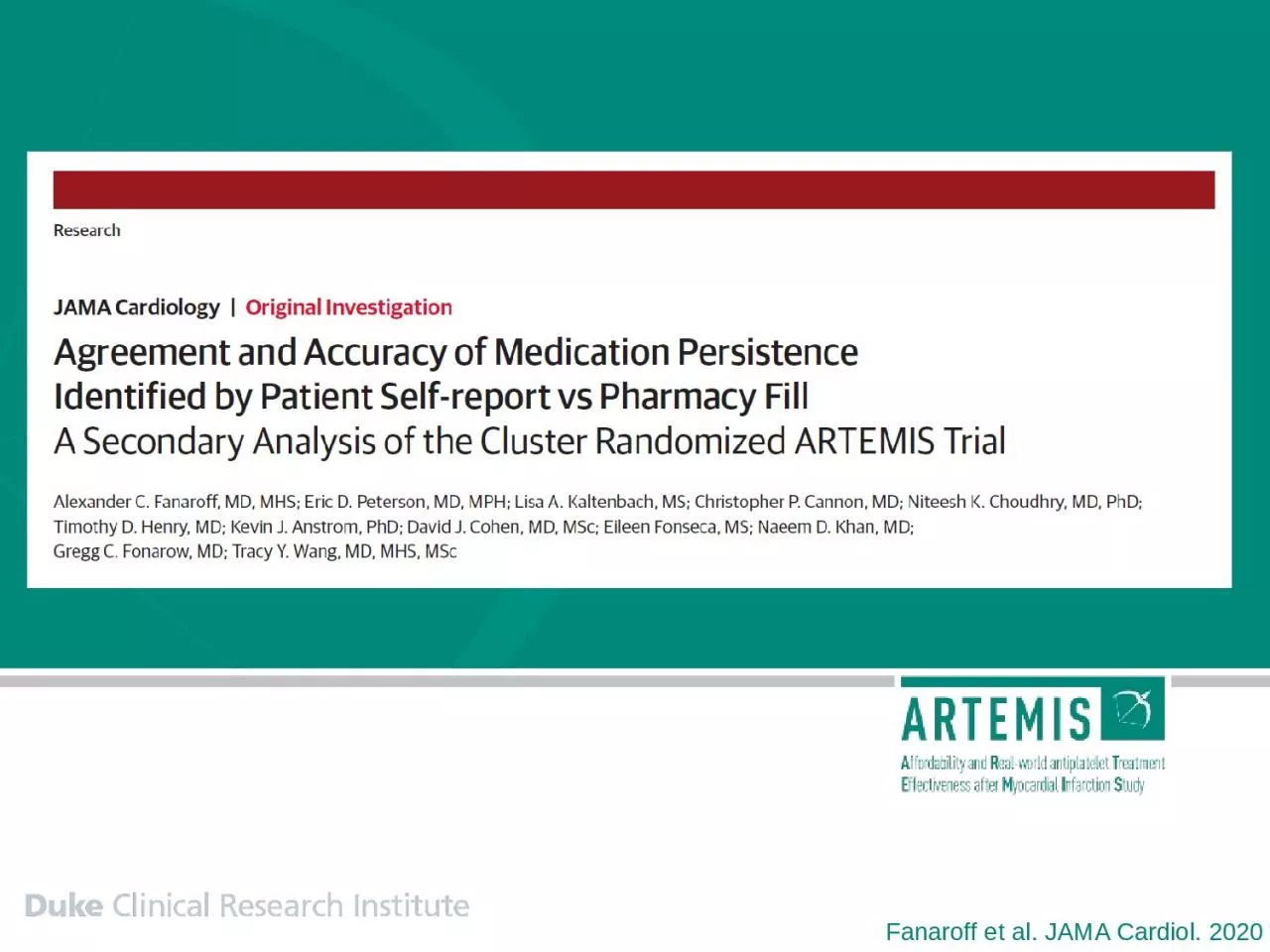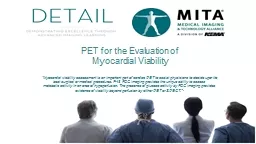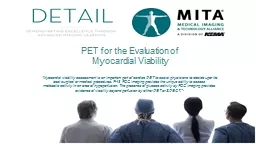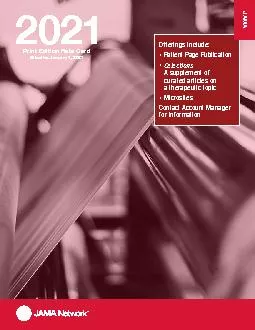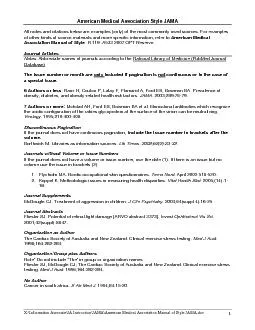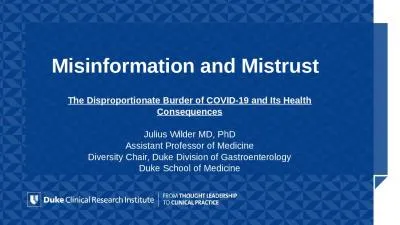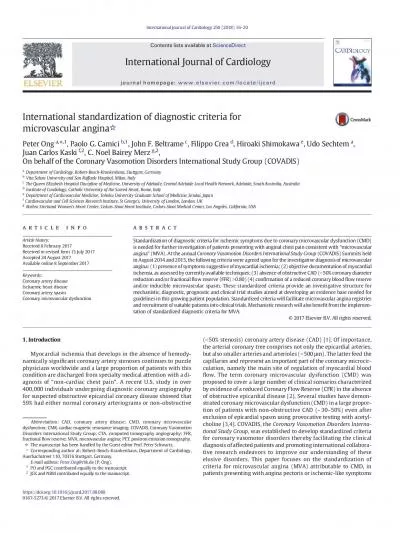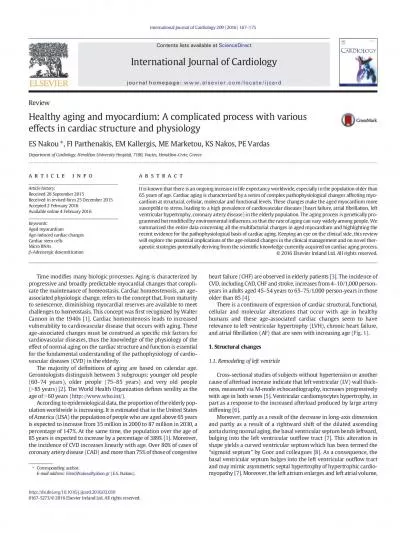PPT-Fanaroff et al. JAMA Cardiol
Author : alyssa | Published Date : 2024-02-09
2020 Background Medication persistence is important after MI to optimize clinical outcomes Clinical and research efforts variably use patient report and pharmacy
Presentation Embed Code
Download Presentation
Download Presentation The PPT/PDF document "Fanaroff et al. JAMA Cardiol" is the property of its rightful owner. Permission is granted to download and print the materials on this website for personal, non-commercial use only, and to display it on your personal computer provided you do not modify the materials and that you retain all copyright notices contained in the materials. By downloading content from our website, you accept the terms of this agreement.
Fanaroff et al. JAMA Cardiol: Transcript
Download Rules Of Document
"Fanaroff et al. JAMA Cardiol"The content belongs to its owner. You may download and print it for personal use, without modification, and keep all copyright notices. By downloading, you agree to these terms.
Related Documents

